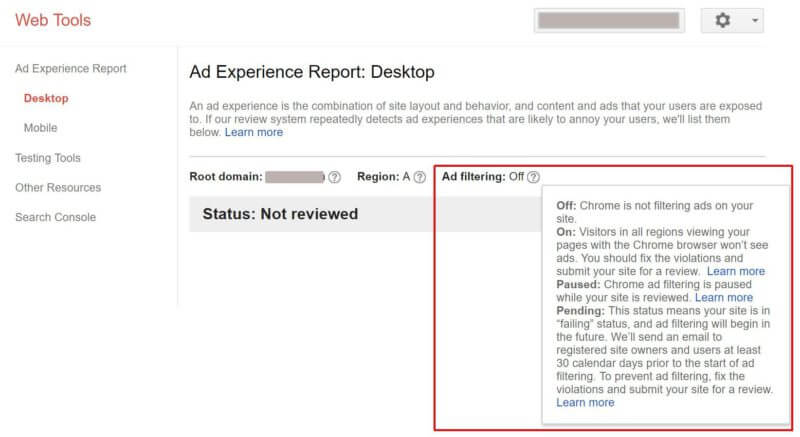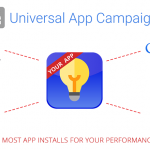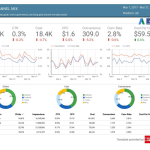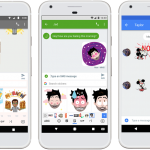Google will start block ‘annoying’ ads on Chrome
A new report will notify publishers when ads on their sites don’t meet the Better Ads Standards and enable them to take action before ads are blocked on their sites.
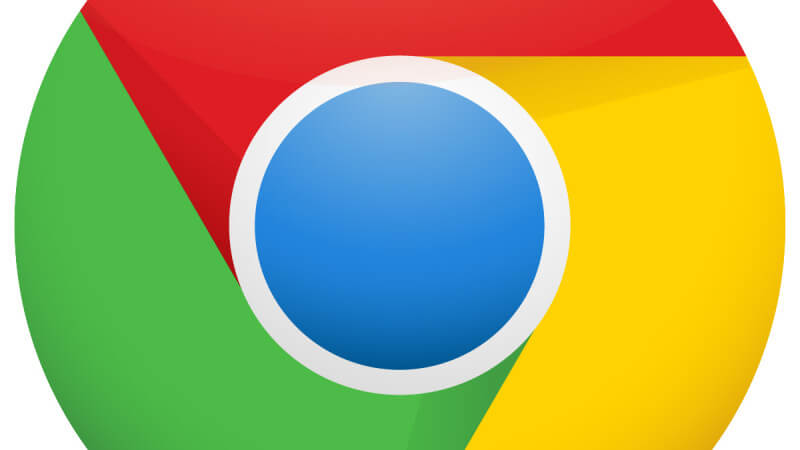
Two years ago, in response to the rise of ad blocking, Google’s head of ads and commerce Sridhar Ramaswamy said the industry needed to come together to tackle the root problem of bad ad experiences. Roughly a year later, Google, Facebook, the IAB and others formed the Coalition for Better Ads to establish global ad standards.
In a blog post Thursday, he laid out Google’s plans to support the Coalition for Better Ads standards for digital advertising.
Chrome ad blocking
Ramaswamy confirmed reports that Chrome will block ads that don’t meet Google’s ad standards (under the guise of the Coalition for Better Ads), starting in early 2018.
Critics of the move say it gives Google the power to favor its own ad formats on its own browser and dictate what makes a good ad experience. Ramaswamy is keen to point out that the system will block annoying ads from Google as well (bolding added): “In dialogue with the Coalition and other industry groups, we plan to have Chrome stop showing ads (including those owned or served by Google) on websites that are not compliant with the Better Ads Standards …”
The post also concludes with a pledge to work “closely with the entire industry — including groups like the IAB, IAB Europe, the WFA, the ANA and the 4As, advertisers, agencies and publishers — to roll out these changes in a way that makes sense for users and the broader ads ecosystem.”
By necessity, any scenario for global improvement in digital ad experiences has to include the biggest ad seller in the world. And as such, Google has to take a leadership role in these efforts. Still, when that same company also controls the world’s most popular web browser from which users access publisher’s websites, there is cause for a healthy dose of skepticism and demand for transparency.
Ad Experience Report
To give publishers insights into whether ads are being blocked on their sites when viewed via Chrome after this move goes into effect next year, Google has created a new reporting system.
A new Ad Experience Report will show publishers screen shots of display ads or videos of any ad experiences that Google’s system detects “are likely to annoy your users” and violate the Better Ads Standards on desktop or mobile.
If a publisher’s site is deemed to not be meeting the standards, Google will send a warning at least 30 days before ad blocking begins. Publishers can fix the detected issues and resubmit their sites for review within that time frame to avoid having their ads blocked on Chrome.
Funding Choices beta
Google is also running a beta with publishers in North America, the UK, Germany, Australia and New Zealand to serve a message to visitors using ad blockers that gives them the choice of either overriding the ad blocker and enabling ads on the site or paying to view the site without ads.
The payment occurs via Google Contributor, which Google began testing as a paywall alternative in 2014. Google says Funding Choices will roll out to more countries later this year.
Marketing Land – Internet Marketing News, Strategies & Tips
(77)


